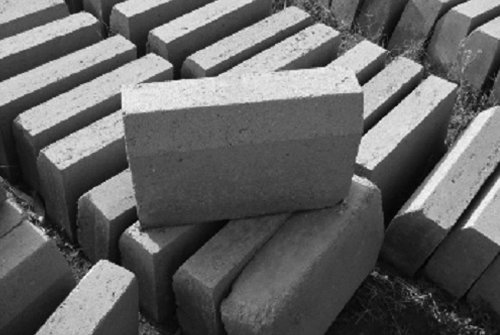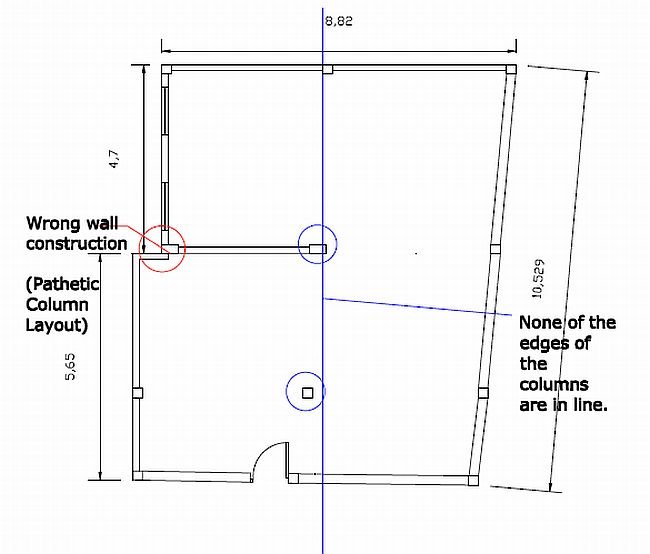Types of construction methods
When you purchase a home, more thought is put into the location and layout of the property than the methods of construction that were used to build it. That is something that becomes incredibly important when you decide that you want to build your own home from scratch. You quickly learn how different structural methods and materials used in the construction can affect the bottom line. With a definite budget in place, you really need to pay attention to all of these details, which usually means that such things as amenities and house features take second place to the actual build.
In our earlier articles, we have discussed an entire guide for RCC construction. The guide includes the detailed procedures for carrying out various different calculations for designing different parts of the building. Foundation design is the most important and first step in the design of RCC structures.
Masonry construction
One of the most commonly used methods of construction is one that basically dates back centuries, and that is masonry. Brick and stone are durable materials that can withstand the elements better than most. Building a brick home on a stone slab means that you will have a solid home with a strong foundation, but it is also a little more labor intensive than most of the modern methods that are available today. That additional labour can drive build costs up, but money can also be saved by using re-purposed bricks, which can also add a very unique look to the home.




